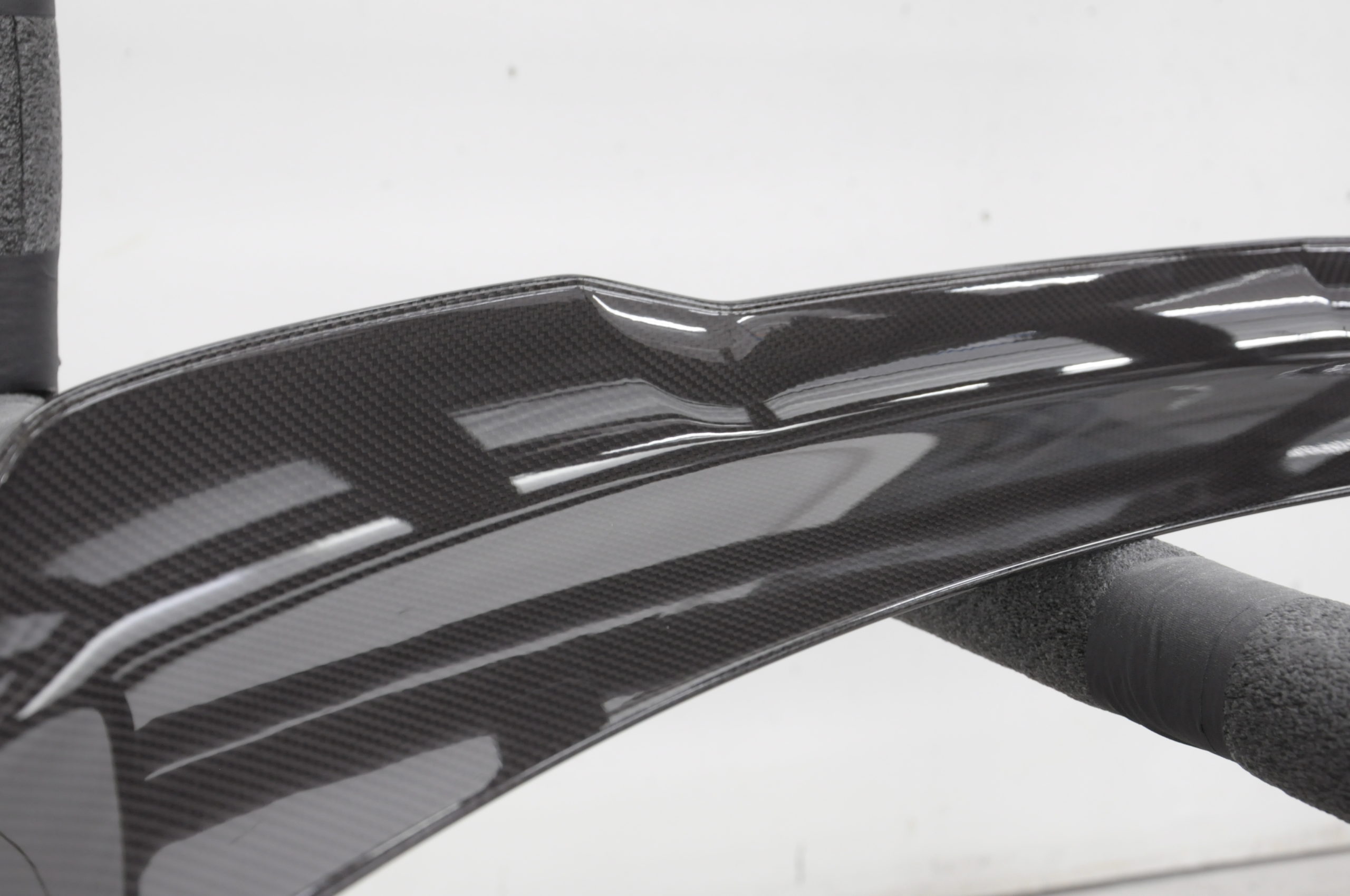
Did you know that the carbon fiber weave has been around since the early 1960s?
This single material that can be used to make car components, prosthetic limbs, and help you build the finest aircraft has seen use in a growing number of industries for almost 60 years!
If you want to know more about this material and how you can use it for your products, then keep reading.
Carbon Fiber’s History
In 1963, a new carbon fiber manufacturing process was patented by British scientists. Later, adopted by Rolls Royce to form the fan-blades in their jet engines since it boasted a high tensile strength. Therefore, as well as a high degree of heat resistance.
Because of carbon fiber’s properties, it became known as a brilliant material for weight reduction, heat resistance, and for the manufacturing of parts with complex shapes when metals could not be used.
Carbon fiber has found growing use in industrial and consumer products. Carbon parts can be found fulfilling key design roles in many different industrial machines and household products.
Today, you can find carbon fiber used for strong and light bicycle frames, vehicle body kits on roads and racetracks, even specialized medical beds.
Different Carbon Fiber Weave Variants
Carbon fiber is typically much stronger than steel on a power-to-weight comparison. A manufacturer’s choice in the weave does, however, have an effect on the end product’s characteristics.
When using carbon fiber in designs, make sure to consider the needs of the final product when deciding on which weave pattern to use.
Stable Weaves
For industrial designs or consumer goods that need to be able to take a beating, the following types of carbon fiber weave bring out the best in this material’s strength capabilities. They do, however, lack high pliability.
Plain
The plain weave is perfect for simple shapes that require a high degree of tensile strength.
A manufacturer makes a plain weave by weaving the strands of carbon fiber over and then under one another in a one-to-one ratio. The end product is strong, but not very flexible.
Uni-Directional
A firmament of carbon fiber strands all running in the same direction makes the strongest material. The manufacturer also has the advantage of orienting the fibers to meet the desired strength needs.
Flexible Weaves
If your design calls for more flexibility than strength, then you can consider using the Harness Satin weave. This is when two of fiber passes over a number of fiber tows and then under one in a repeated pattern.
Best of Both Weaves: Twill
The most popular carbon fiber weave pattern is the 2×2 twill weave. This weave offers a good amount of flexibility to the firmament, as well as a good amount of strength.
Twill weaves are made by weaving two (or four) tows of carbon fiber over and then under one another. These weaves can make complex and reasonably strong shapes for aesthetic or functional designs.
Switch to Carbon Fiber!
If your designs require weightlessness, flexibility, and strength from a single material, then consider using carbon fiber weave products. Metals are too heavy, and plastic is too weak.
If you want to make the switch over to carbon fiber, contact us today for a quote or simply to learn more.
